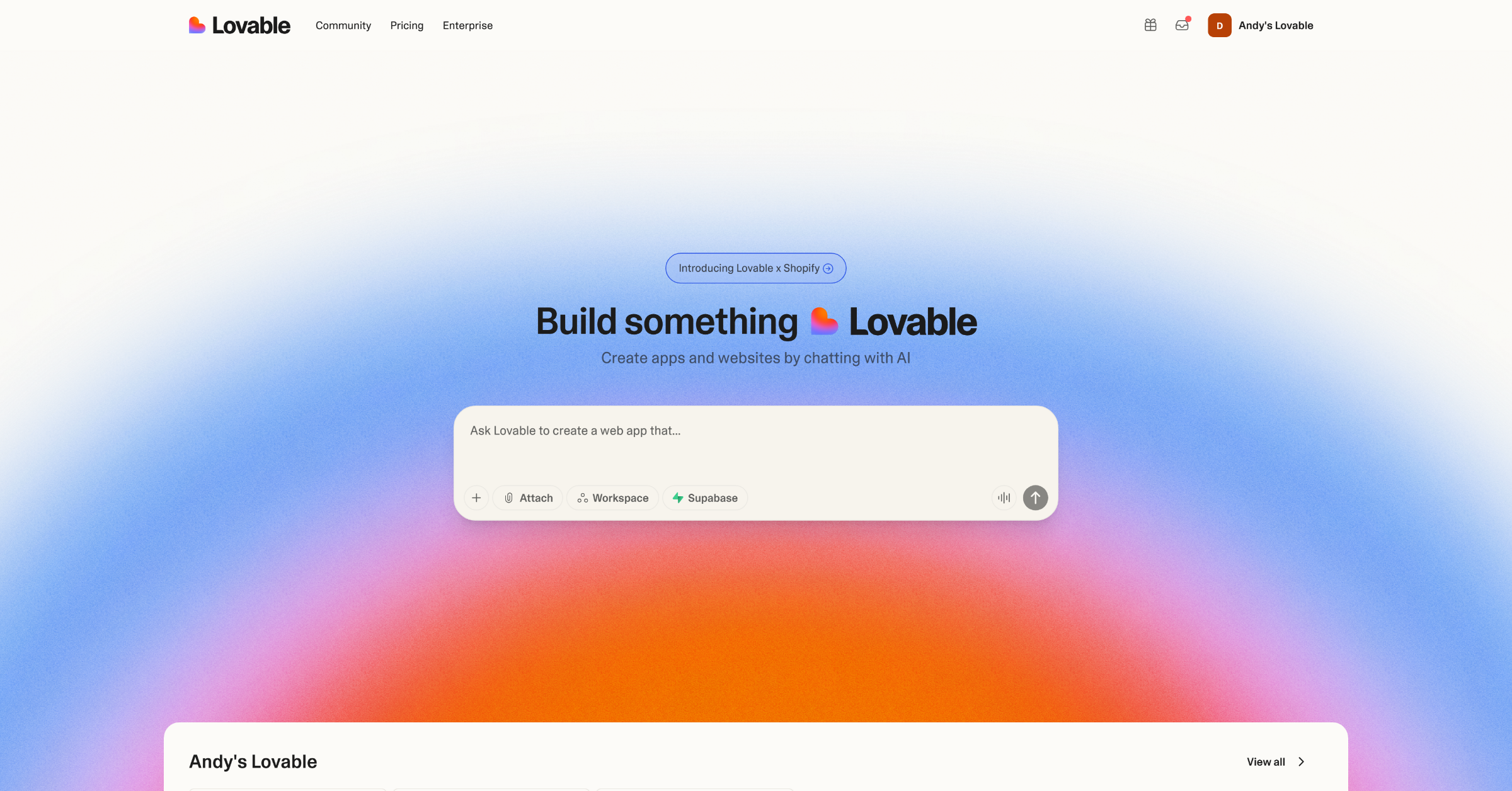I’ve spent enough time supporting software development projects to know how challenging the journey can be.
You start with a brilliant idea, but before you can get it in front of stakeholders, investors or even customers, you’re looking at months of design and development - and a sizeable budget. That delay doesn’t just test your patience, it can stall momentum and, in some cases, kill an idea before it ever has a chance to prove itself.
This is why AI-driven prototyping tools are such a breakthrough for business. They offer more than just interactive wireframes. They’re giving our customers the ability to turn concepts into functional prototypes in days, not months. Getting investment is highly unlikely without a working MVP, and this tech gets you there faster.
Beyond static wireframes
Traditional prototyping has always had limits.
You could build static mock-ups, link a few screens together, and maybe give stakeholders a flavour of the user journey. But so much was left to imagination. Wireframes served a great job of generating design sign-off, and they certainly sped up the end build, but there was always so much work still to do. With this technology, instead of asking stakeholders to imagine how it might work, you’re letting them try it for themselves.
So it’s no longer “picture this”, now it’s “try this”.
Building confidence with connectivity
What excites me most is that AI tools don’t stop at surface-level functionality. They can connect with databases and APIs, meaning you can test your idea against live data and real integrations.
Imagine showing an investor that your prototype not only looks good but also pulls information from their real-life systems, processes it and displays it instantly. That level of proof builds confidence. This approach saves time, but more importantly, it reduces risk.
If an idea doesn’t work in practice, you find out before you’ve sunk six months of development time into it. And if it DOES work, you’re already halfway towards an MVP that you can evolve quickly.
From prototype to MVP
Beyond giving a good impression, this is about cutting through delays and moving quickly. By starting with an AI-built prototype, you create a blueprint for your development team that’s far clearer than a set of static designs. It reduces scope loss, avoids assumptions and shortens the path to a fully functioning product.
I’ve seen how effective this can be at Ascensor. Teams can move from a clickable prototype to a minimum viable product in a fraction of the time, iterating based on feedback as they go. Every tweak takes hours rather than weeks, meaning businesses can adapt their product to market needs at speed.
The opportunities – and the challenges
The opportunities are clear: faster innovation, reduced costs, and stronger buy-in from stakeholders.
It empowers non-technical teams to experiment, it helps sales and project managers validate ideas, and it gives businesses a competitive edge by showing solutions in action rather than just talking about them. But of course, I’d be remiss not to mention the challenges and the caveats. The code output, for example, is not full production-ready, and security considerations need serious attention.
At the moment AI can help generate ideas and solutions, but it still requires experienced developers to validate and security-harden the product for real-world use. As with all current AI tools, the point is not to replace traditional development, but to complement it. AI prototypes act as a bridge – a way to test, validate and iterate quickly before committing significant resources.
A mindset shift for business leaders
For business leaders, the takeaway is simple: don’t let perfect be the enemy of progress. If you have a software idea, you don’t need to wait months to see if it has legs. With the right AI tools, you can put something tangible in front of stakeholders tomorrow.
So, what’s the cost of NOT exploring this approach? Because waiting too long to test and validate an idea could mean missing your window altogether.
Looking ahead
AI won’t solve every problem in software development, but it’s already proving to be a powerful ally in the earliest, most critical stages. For me, the real promise lies in how it lowers the barriers to experimentation. It allows even SMEs to explore ideas quickly, cheaply and with less risk – and that kind of environment is where innovation thrives.
The businesses that embrace this shift don’t just move faster, they learn faster. When agility often decides who succeeds and who stalls, that’s a decisive advantage. So if you’ve got a software idea sitting on the shelf, stop imagining and start building.
The tools are here, the cost of entry is lower than ever, and the risk of waiting is higher than you think.













